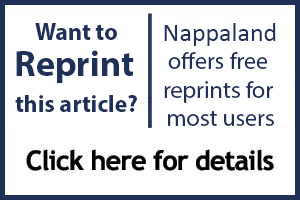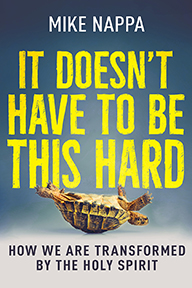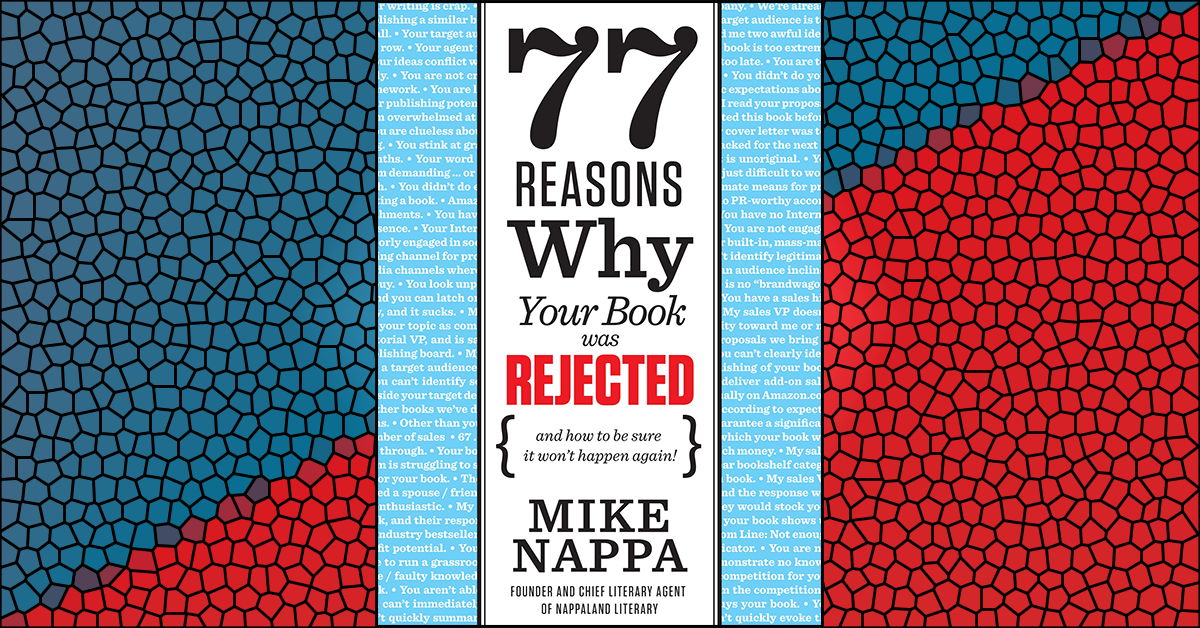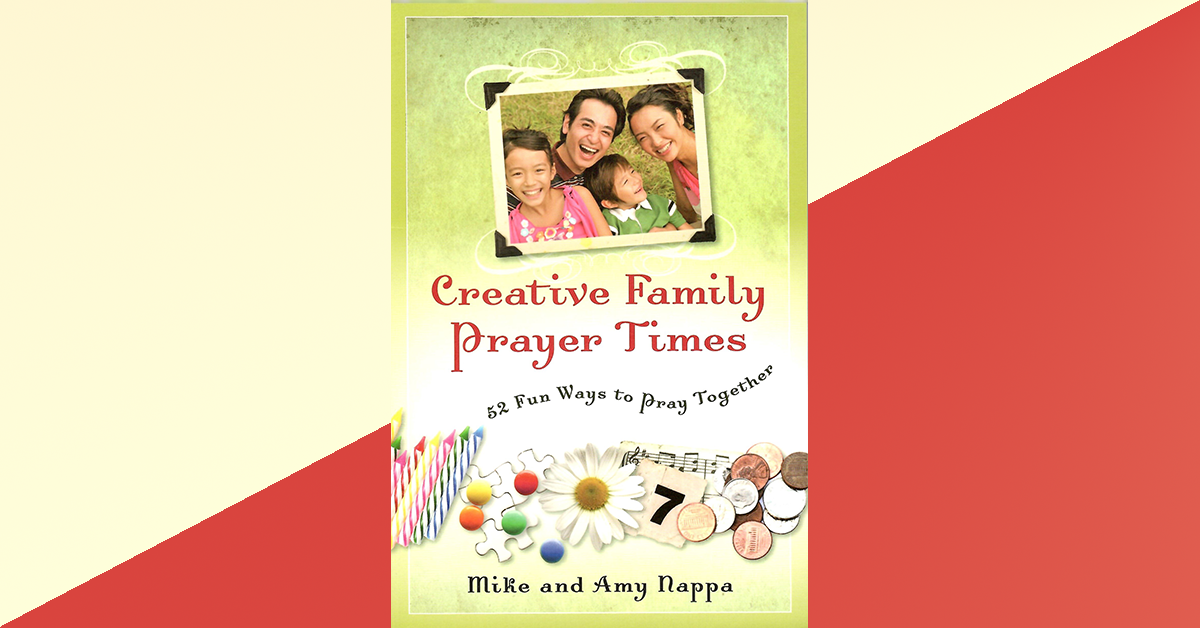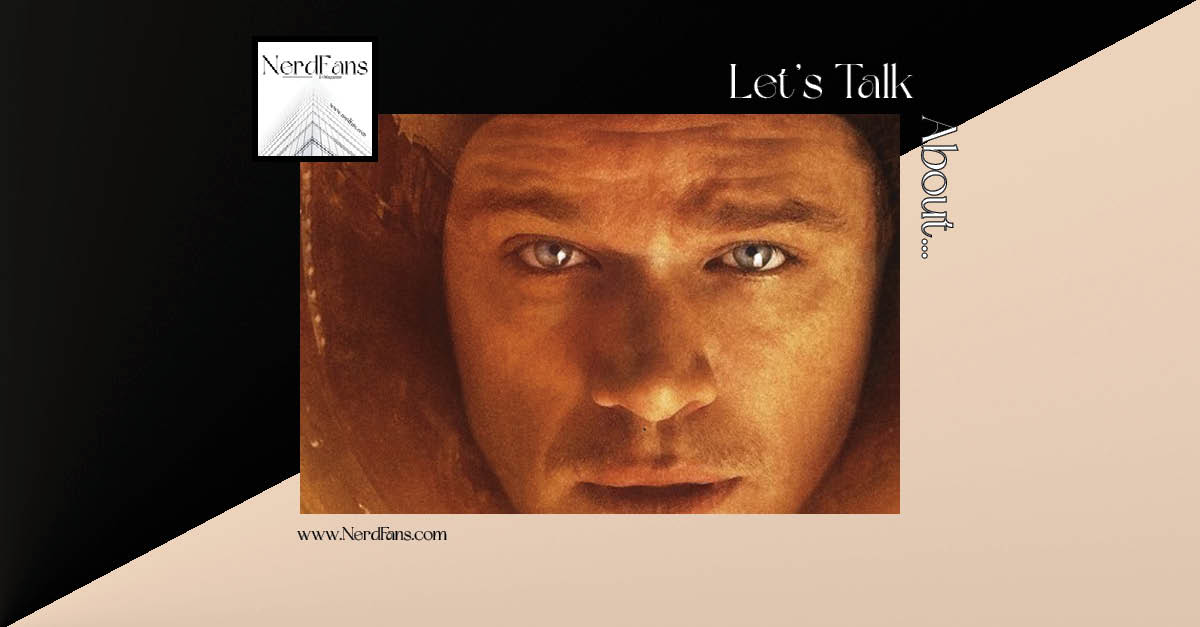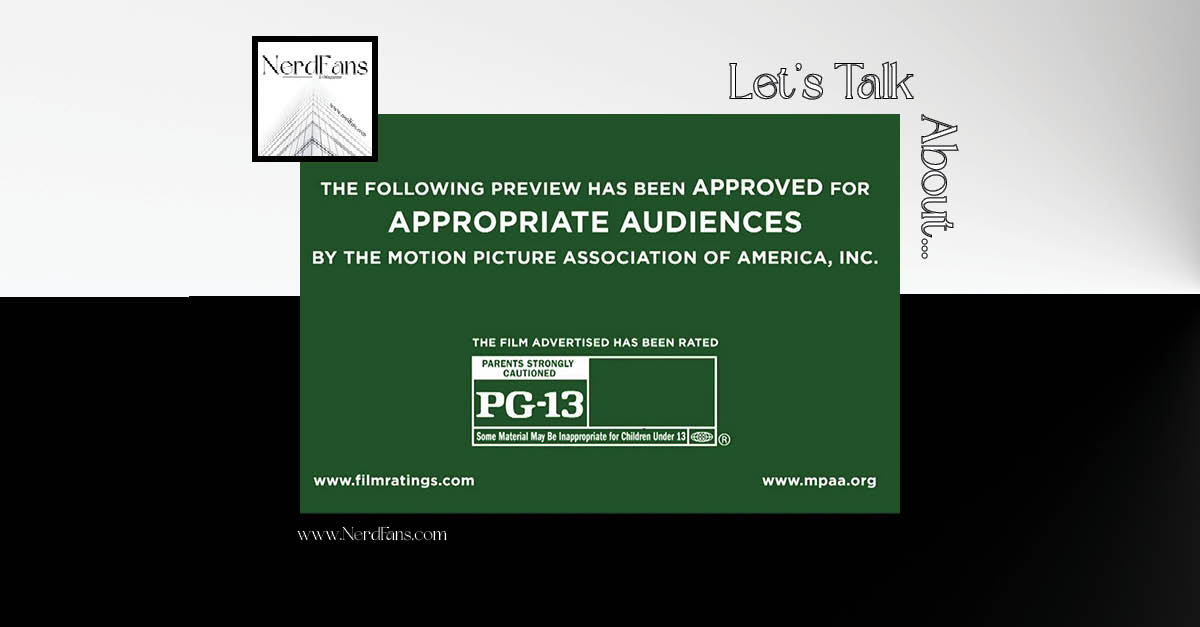A Sales Team reason for rejection
Try this little experiment.
Go to Amazon.com and search in the books category for “greatest song lyrics of today.” Are you surprised by the results (or lack of them)? By the fact that Amazon can’t even recommend similar searches to find a full book of today’s great song lyrics?
I’m not.
Here’s why: If you were to publish a book of, say, lyrics of the top 100 songs in the past 10 years, it’d cost you a fortune. You’d have to pay a print license fee (akin to a royalty) for every single song for every single copy of the book you printed—whether the book actually sold or not. That kind of project would not only be a pain to compile, it’d cost so much to make that it simply wouldn’t be worth the investment.
Similarly, let’s say you wanted to publish a 3-D pop-up book with paper glasses attached. Sure, a remarkable few publishers could afford to do that kind of special format book (Disney comes to mind), but for most publishing houses the costs of design and printing would simply be prohibitive. I remember talking with an editor at Simon & Schuster once about a kids’ book that had fold-out pages (to create a panorama) instead of bind-in pages. She loved the concept and the author’s creative story to go with it…until the printing estimates came in. The book was a great idea, but it simply cost too much to make. Rejection.
What about your book? Does it have particularly expensive content? Does it require special illustrations or tricky design and significant investment in reprint permissions? Does it have to have special format printing or some other unique, but pricey element?
If it does, that’s probably a pretty cool book—and it probably will be rejected. Yes, some of those kinds of books do get published—but they are rare. Especially for a writer early in his or her career.
For you, then, a cool-but-pricey production or content concept will probably result in a lot of effort that generates just another rejection letter.
What You Can Do About It
1. Strip away the bells and whistles.
I know one publishing CEO whose mantra is, “People will read content on a napkin, as long as that content is compelling.” And he’s right. If your content is superb, people will read it regardless of the vehicle attached to it. So if you’re creating a cool new project and thinking to yourself, “Wouldn’t it be cool if this book also did…”, then stop and think twice.
As they say, the only thing required is what’s required. So stick with creating excellent content first, and after you’ve made yourself into a successful author, you can try adding the bells and whistles later.
2. Be more than a gimmick.
Related to suggestion 1 above, this suggestion is for those of you who are more excited about a movie’s special effects than you are about its story.
What you want your book to do is generate repeat readings, to keep bringing people back to your pages time and again. Even the most novel of innovations becomes mundane after awhile. (Remember how cool—and pricey—the DVD player was when it first came out in force? Now it’s a forgotten relic found mostly in pawn shops and thrift stores.) So don’t rely on a gimmick to sell your book idea. Gimmicks always get old, especially to a publishing pro who’s seen a lot better than what your gimmick can do.
Instead, plant your hopes firmly in the garden of your inescapable content and you should do just fine.
3. Be aware of cost-increasers associated with your book.
Full-color art always costs significantly more than two-color or single-color printing, and it practically dictates printing presses from overseas—which increases shipping and warehousing costs as well. Excessive reprint permission fees (for song lyrics or maps or graphics or excerpts from other authors’ works) can add up pretty quickly. Special formats for a book (unusual trim size or shape, out-of-the-ordinary binding) also jack up the printing costs for a book.
Pay attention to these kinds of things when shaping your new book product. If you can, eliminate any cost-increasing features that are required to produce the final product of your book. Doing that also eliminates what may later become an obstacle when my Sales VP is judging the ROI (return in investment) for your book.
Looking for more? Check out these links:


